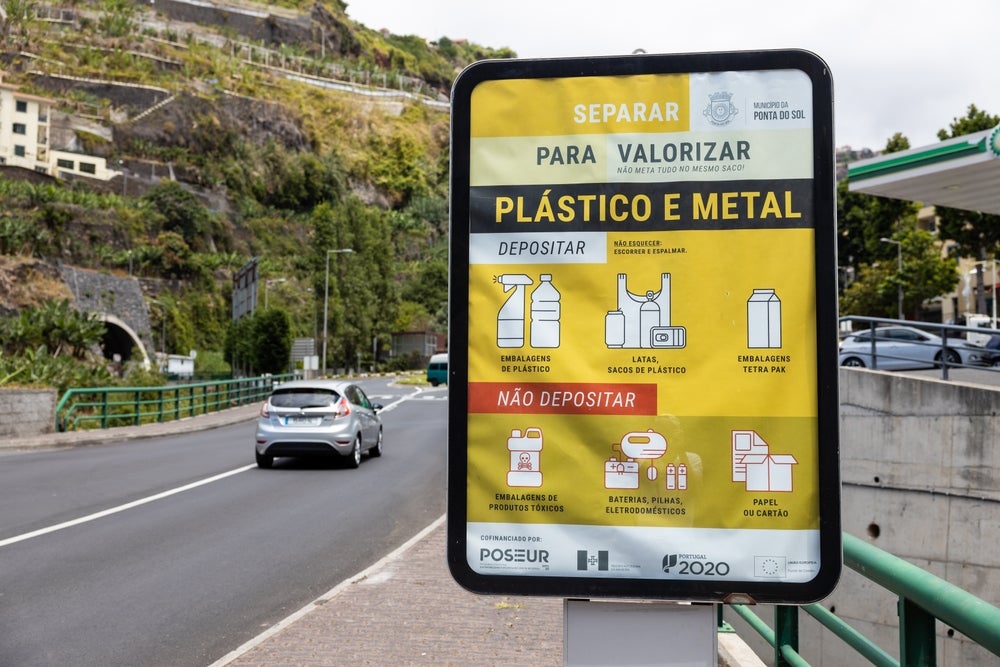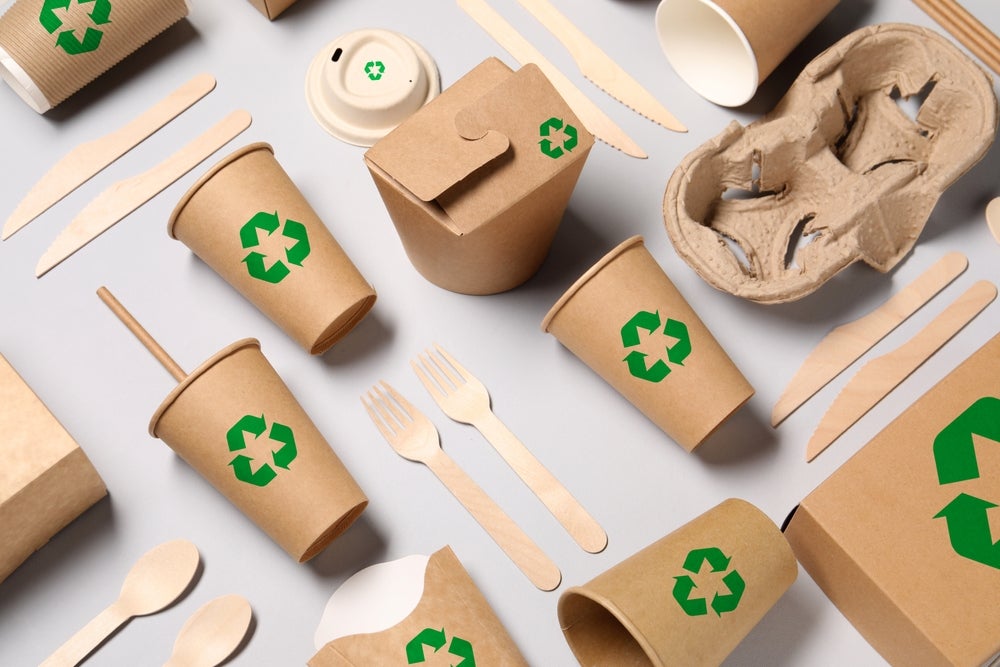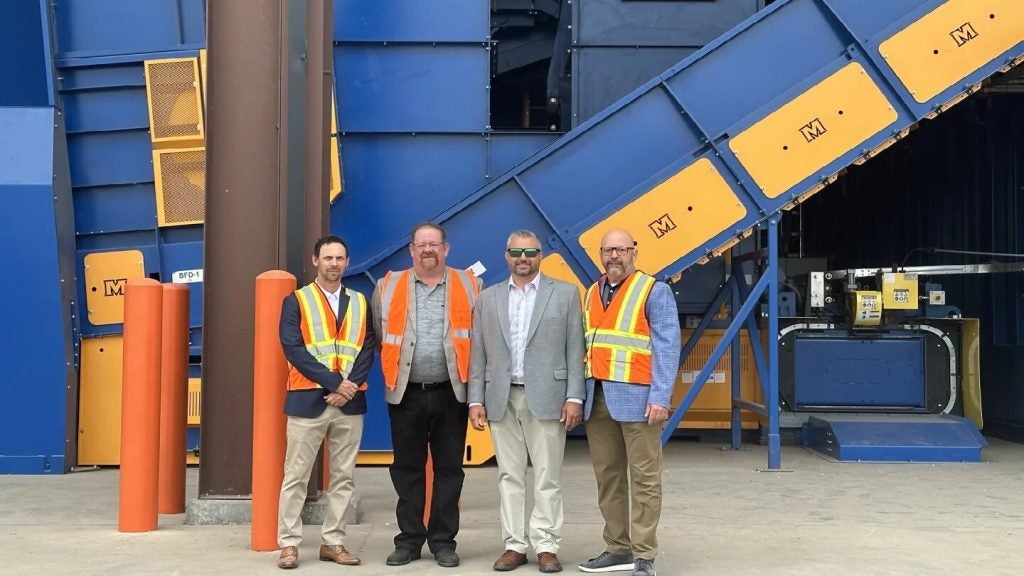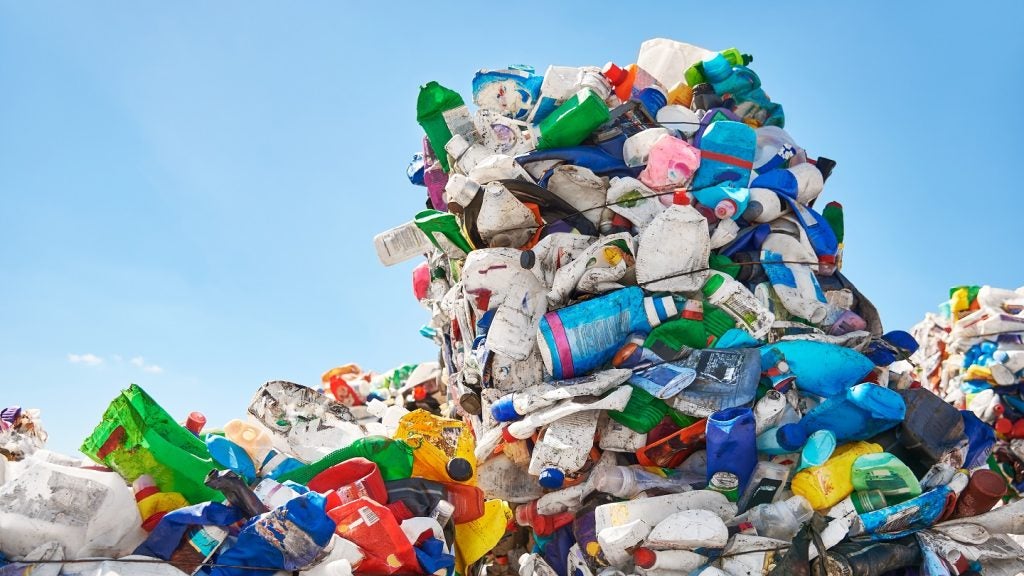As concerns about the environmental impact of packaging rise, regulatory bodies worldwide are stepping up efforts to create stricter rules governing packaging materials and processes.
Regions like the European Union (EU) and the United States (US), as well as countries in Asia and Latin America, are implementing or revising laws to address the challenges posed by waste and sustainability in the packaging industry.
These regulations are reshaping how companies operate, pushing them towards sustainable practices.
EU packaging laws: leading the way
The European Union has been at the forefront of implementing strict packaging regulations.
The recent revision of the Packaging and Packaging Waste Regulation (PPWR), adopted by the European Parliament in November 2023, aims to further tighten controls on packaging waste.
This regulation enforces reduction targets of 5% by 2030, 10% by 2035, and 15% by 2040, with a particular focus on plastic packaging, mandating a 20% reduction in plastic use by 2040.
One key aspect of the PPWR is its push for recyclability. It mandates that all packaging must be recyclable, with clear guidelines to be developed through secondary legislation.
Producers are also required to include higher percentages of recycled materials in their products.
In addition to waste reduction targets, there is a strong focus on extended producer responsibility (EPR), which compels manufacturers to take responsibility for the disposal of their packaging waste.
A significant element of the PPWR is its ban on harmful chemicals, such as PFAS and Bisphenol A (BPA), in food-contact packaging.
The EU’s stance is mirrored in its rules surrounding single-use plastics, where the sale of very lightweight plastic bags is banned unless required for hygiene purposes.
These measures are part of the EU’s larger goal to shift towards a circular economy, where waste is minimised, and materials are reused.
US packaging regulations: fragmented but evolving
In the United States, packaging regulations are more fragmented, with much of the responsibility falling to individual states.
However, there is increasing momentum at the federal level to address packaging waste, particularly in response to growing concerns over plastic pollution.
The US Environmental Protection Agency (EPA) has been working on updating its National Recycling Strategy, which includes goals to improve packaging recyclability.
Several states, including California, Oregon, and Maine, have already introduced EPR schemes for packaging, requiring producers to contribute financially to recycling and waste management.
In California, for instance, packaging producers are mandated to meet minimum recycled content requirements.
Meanwhile, federal lawmakers are introducing bills to curb the use of single-use plastics and increase recycling efforts. These legislative moves are driven by the growing demand for environmentally sustainable packaging solutions from both consumers and corporations.
Asia and Latin America: a focus on plastics
Countries across Asia and Latin America are also ramping up efforts to regulate packaging waste, with a strong focus on plastic packaging. I
n India, new regulations target single-use plastics, and there are ongoing discussions around adopting EPR measures similar to those seen in the EU. These initiatives aim to curb the environmental impact of the booming e-commerce and consumer goods sectors.
China, one of the world’s largest producers of plastic waste, has also implemented stringent rules to tackle packaging waste, particularly focusing on e-commerce packaging.
By enforcing regulations on the use of materials and introducing recycling targets, China hopes to minimise waste leakage into the environment.
In Latin America, several countries are starting to implement their own versions of EPR schemes. Brazil and Chile, for example, have introduced laws that require companies to ensure a certain percentage of their packaging is recyclable or compostable.
These regulations are particularly stringent on beverage packaging, a major contributor to plastic waste in the region.
Global harmonisation and the road ahead
While progress is being made, the global landscape of packaging regulations remains fragmented.
Definitions of key terms such as “recyclable” vary from country to country, and the scope of regulations can differ widely depending on the type of packaging or product.
This lack of standardisation creates compliance challenges for global companies operating across multiple jurisdictions.
However, there are signs that greater harmonisation is on the horizon. The EU’s push for a circular economy, combined with efforts in the US to standardise recycling practices, could set the stage for more unified global regulations.
Additionally, global initiatives like the Ellen MacArthur Foundation’s New Plastics Economy are working to create a collaborative, worldwide framework for packaging sustainability.
As packaging regulations evolve, companies will need to stay abreast of new laws and adjust their processes accordingly. The shift towards sustainability is inevitable, with more stringent rules being implemented each year. Brands that fail to adapt may face hefty fines, reputational damage, or exclusion from key markets.
Ultimately, the global regulatory landscape for packaging is rapidly changing, with the EU and US leading the charge towards sustainability.
As countries in Asia and Latin America follow suit, the packaging industry will need to adapt to ensure compliance and align with the growing demand for environmentally friendly packaging solutions.















